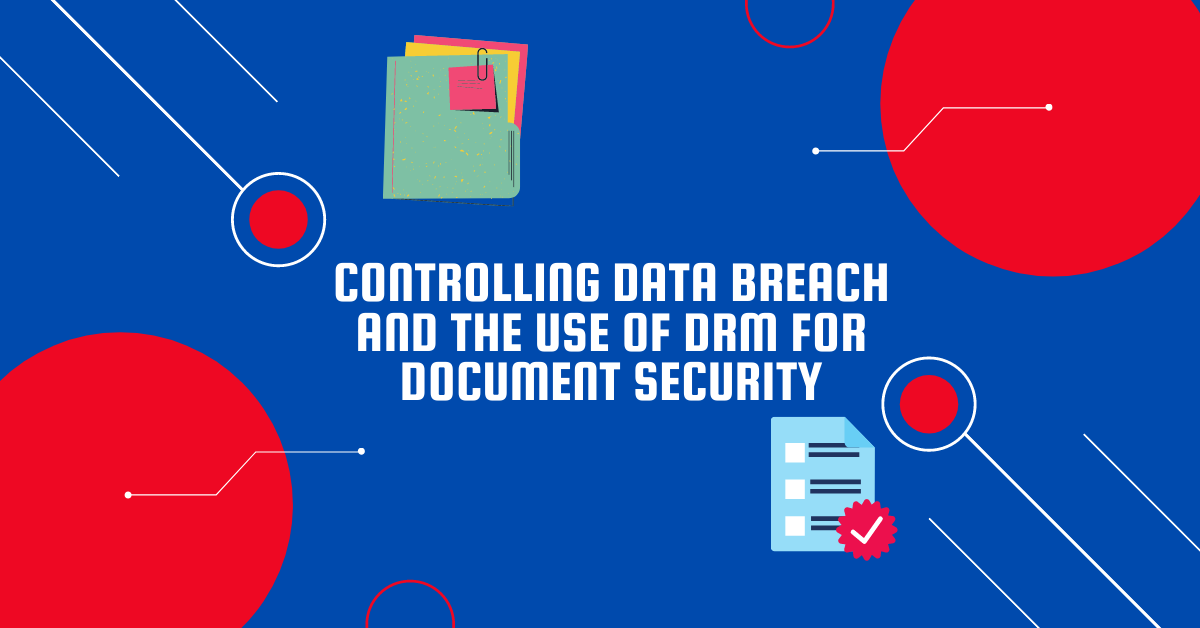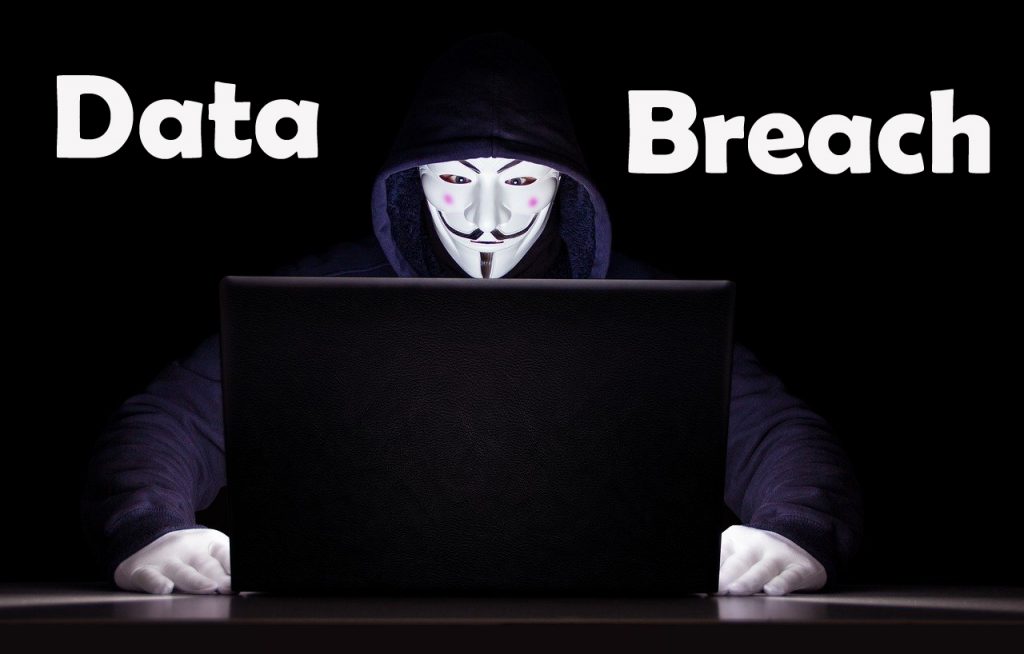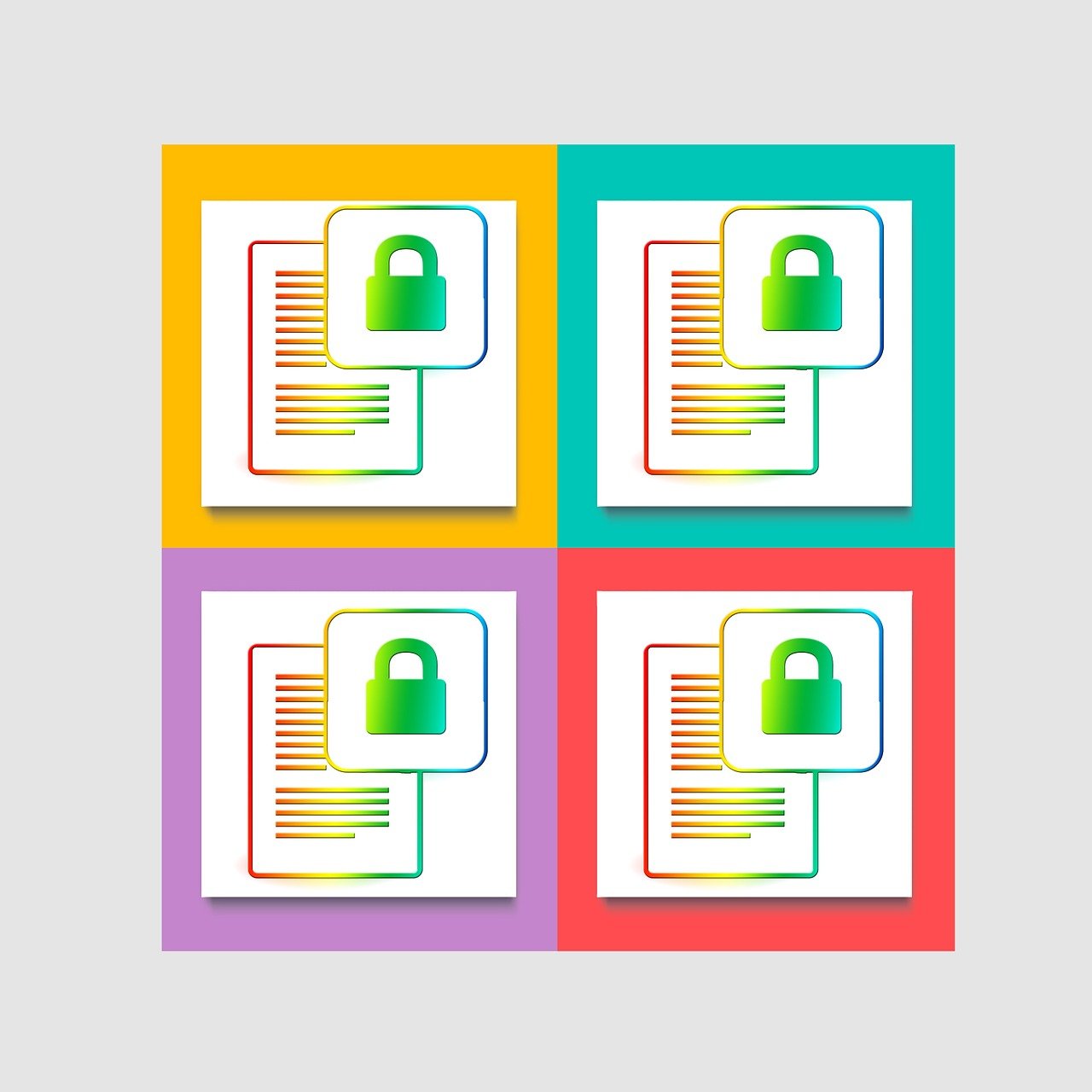This post will reveal how to control the aftermath of a data breach by using DRM for document security.
Gathering physical and digital evidence to correlate data from multiple sources to piece together a data breach incident is crucial in evaluating how and when the incident occurred.
The evidence can show if someone had infiltrated the system within the company or breached it through identity theft or third-party access.
Sufficient evidence can show how cybercriminals access documents online through genuine usernames and passwords or fraudulent accounts.
Sometimes, having adequate proof may also not be enough. Organizations must understand exactly what the evidence they have in their possession means, which could be a far more complicated procedure than it appears.
Often, data breach response teams look into evidence logs for the first time when a breach occurs. In such a scenario, they may not always be clear on what each field denotes, and there could often be little or no documentation regarding the record format. This lack of familiarity could lead to delays and errors, eventually ruining the organization’s reputation.
Moreover, the facts could change with any investigation in a data breach incident, mainly related to the IT department. This is because, with IT-related experiences, the nature of the beast is such that numbers keep fluctuating.
For instance, when an investigative team discovered one set of logs and concluded that a line item indicated a “get” request, it meant that a particular individual had access to the record.
Eventually, the investigative team correlated the first set of logs with another set of evidence and realized that the line item meant that the individual did not access the records but merely had clicked on to the next document in the same folder.
This shows how a lack of familiarity with internal processes could be one of the largest factors that could complicate and slow down a data breach response. In some cases, even though the organization may have the procedures in place to maintain audit logs, the response team may not understand them, thus showing that no pre-established method was in place to interpret them.
As a result, investigating teams can find it challenging to get the right information from frontline responders about the company’s logging capabilities.
IT experts strongly suggest that organizations must think ahead of a data breach incident. They need to realize and comprehend what they can retain and why, and the same information must be passed on to the right people with adequate training and instructions.
Table of Contents
How DRM Can Ensure Document Security
With millions of records being exposed in data breaches, any and every organization is likely to experience an inevitable breach. But given the bank-breaking expenses associated with such a massive calamity, it does not have to be.
To cut down the cost of a data breach, it is vital to have an incident response plan, a robust document security solution, and the relevant professionals handling the system. As a critical security tool to be used in defense against data breaches, PDF DRM works as a proactive document security solution that can prevent a data breach from occurring.
While it helps to prepare for the worst so you can respond effectively at your best, it is also crucial to have all the relevant members on a data breach response team to comprehend their individual tasks both in preparing in advance and acting effectively to a breach.
You can address your document security concerns safely today with digital rights management solutions. Using PDF DRM you can secure your sensitive content in documents and PDF files without compromising the productivity of your users and employees. With PDF DRM, you can:
- Control who has access to your protected documents.
- Prevent the sharing, editing, altering, screen grabbing, copying and pasting of protected content and saving to unprotected formats.
- Stop printing or control the number of prints allowed.
- Control the use of how long the document can be viewed.
- Enforce the use of documents on only specifically authorized devices, such as your company laptops.
- Control the locations from which documents can be viewed (i.e. office only).
- Track and log the use of documents such as when they are viewed and printed.
- Apply dynamic watermarks with user information to identify users that have access to the document. And more.
Through DRM, your company can easily share protected content securely with the right individuals with full control over your intellectual property at all times.
You also remain fully compliant with privacy laws and regulations and can ensure that your protected documents are no longer accessible after their use-by date. It can be simple to reduce your company’s document security risk once you move to PDF DRM to secure your documents and ensure data security.
Controlling Data Breaches and Using DRM for Document Security: Pros and Cons
Data breaches are a major concern in today’s digital world, exposing sensitive information and causing significant financial and reputational damage. Document Rights Management (DRM) can be a tool to consider for enhancing document security, but it has limitations. Here’s a breakdown of both approaches:
Controlling Data Breaches
Data breaches can occur due to various factors:
- Hacking: Malicious actors exploit computer system vulnerabilities to gain unauthorized data access.
- Insider Threats: Employees or contractors with access to sensitive information might misuse it intentionally or unintentionally.
- Social Engineering: Deceptive tactics trick individuals into revealing sensitive data or clicking on malicious links.
- Physical Security Lapses: Loss or theft of physical devices containing sensitive data can lead to breaches.
Strategies to Mitigate Data Breaches
- Strong Cybersecurity Practices: Implement robust security measures like firewalls, intrusion detection systems, and regular security updates to safeguard your systems.
- Access Controls: Limit access to sensitive data based on the principle of least privilege, granting access only to those who genuinely need it for their job functions.
- Employee Training: Educate employees on cybersecurity best practices, including identifying phishing attempts and handling sensitive information responsibly.
- Data Encryption: Encrypt sensitive data at rest and in transit to render it unreadable in case of a breach.
- Incident Response Plan: Develop a comprehensive plan outlining steps to take in case of a data breach, including data recovery, notification of affected individuals, and containment measures.
Document Rights Management (DRM)
DRM can offer some security benefits for documents by:
- Access Control: DRM allows you to restrict who can access a document, preventing unauthorized individuals from viewing or modifying it.
- Permissions Management: You can set permissions for users, such as allowing them only to view or print a document but not edit it.
- Tracking and Auditing: Some DRM systems can track who has accessed a document and when providing an audit trail.
However, DRM also has limitations:
- Complexity: Implementing and managing DRM systems can be complex, requiring additional software and expertise.
- Compatibility Issues: DRM-protected documents might not be compatible with all software programs, potentially hindering collaboration.
- Reduced Usability: DRM restrictions can make it difficult for authorized users to work with documents freely, affecting their productivity.
- Circumvention Methods: Tech-savvy individuals might find ways to circumvent DRM protections, rendering them less secure in the long run.
Combining Strategies
For optimal document security, consider using DRM alongside other security measures:
- Classification: Classify documents based on their sensitivity level and apply appropriate security controls, including DRM for highly confidential documents.
- Password Protection: Even with DRM, password-protecting sensitive documents adds an extra layer of security.
- Data Loss Prevention (DLP): DLP solutions can prevent unauthorized data exfiltration, including document leaks.
Conclusion
Data breaches are a complex issue requiring a multi-layered approach. While DRM can play a role in document security, it should be carefully evaluated alongside other security practices to ensure the best balance between protection and usability.
INTERESTING POSTS
- Merging And Combining: How To Merge PDF Files Into A Single Document
- PDFBear: Your Online Alternative In Merging PDF Files
- Why Do You Need A VPN When Traveling?
- Best Windows 7 Operating System Alternatives
- How To Prevent A Data Breach – And What To Do If You’re Hit
- Antivirus Best Practices For Complete Cybersecurity
- How Identity Document Verification Services Can Help You Build Trust
About the Author:
Daniel Segun is the Founder and CEO of SecureBlitz Cybersecurity Media, with a background in Computer Science and Digital Marketing. When not writing, he's probably busy designing graphics or developing websites.
Meet Angela Daniel, an esteemed cybersecurity expert and the Associate Editor at SecureBlitz. With a profound understanding of the digital security landscape, Angela is dedicated to sharing her wealth of knowledge with readers. Her insightful articles delve into the intricacies of cybersecurity, offering a beacon of understanding in the ever-evolving realm of online safety.
Angela's expertise is grounded in a passion for staying at the forefront of emerging threats and protective measures. Her commitment to empowering individuals and organizations with the tools and insights to safeguard their digital presence is unwavering.









